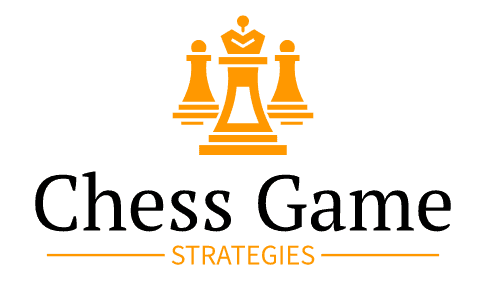![Chess Strategies Guide : Section 1 - Strategies Making the Most of a Material Advantage [Trading Pieces for a Winning Endgame]](https://www.chess-game-strategies.com/wp-content/uploads/2021/01/Chess-Strategies-Guide-Section-1-Strategies-Making-the-Most-of-a-Material-Advantage-Trading-Pieces-for-a-Winning-Endgame-300x200.jpg)
About This Article…
This article includes my notes, additional images and interactive chess positions from my study of Yasser Seirawan’s book, Winning Chess Strategies.
Source:
Winning Chess Strategies,
Revised edition
ISBN: 978-1-85744-385-1
Chapter 1. Trading Pieces for a Winning Endgame (p27-31)
- #1, #2 & #3: Trading Down with
a Material Surplus, into a Winning
Position.
Trading Pieces for a Winning Endgame
Strategy #1, If you find yourself with a Material Surplus, even if you’re ahead by just a single Pawn, then don’t hang about — look for every opportunity to Exchange your Pieces off the board …
The goal is to simplify the position and transition quickly into the Endgame phase, where your extra material should give you the Winning edge.
IF behind in development AND your opponent has left a Pawn/Piece available for capture, ask yourself the following 2 Questions, first:
- “Will I be able to close the gap in development after capturing the Pawn/Piece?”
- “By capturing, I know my attacking Pawn/Piece will open paths for enemy forces to gain access … Can I complete the capture and consolidate my position, without being compromised?”
WARNING: Always be conscious of the need to develop your army. Capturing material, at the expense of development, will most likely return to haunt you in the later stages of the game — for instance, your Pieces could be well out of position with no support in place to launch attacks, or defend your troops, as necessary.
Strategy Examples showcasing Trading Down with a Material Surplus, into a Winning Position
Seirawan Strategy Example #1
(p28) Diagram 6: White to play.
In Strategy Example that includes Diagram 6, left, White has the greater force with 2x extra Pawns (c4 & e4), which includes a Passed Pawn (e4) so should focus his efforts on simplifying the position, by exchanging material to quickly transition into a winning advantage in the Endgame phase.
Seirawan Strategy Example #2
(p28) Diagram 7: White to play.
In Strategy Example that includes Diagram 7, left, White has the greater force with 4x extra Pawns, two of which are Protected Passed Pawns (d5 & h3).
Once more, White should look to exchange material quickly and transition quickly to the Endgame phase.
However, it’s not so straight forward in this one, as Black threatens to Mate White’s cornered King!
Seirawan Strategy Example #3
(p29) Diagram 8: Black to play.
Gormon-Silman, Ervin Memorial, 1987
In Strategy Example that includes Diagram 8, left, Black is shown taking a calculated risk to capture a Pawn, when behind in development, which gives him the Material Surplus he needs to begin contemplating trading down to a winning Endgame advantage.
It’s not clear cut, as he still has to work his chess-brain hard to make sure White doesn’t triumph with an arguably superior position.




